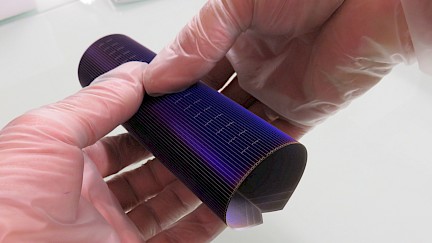Since the early 2000s, the space exploration field has been changing. We speak of "new space": the shift from a government-led agency initiative to a private initiative industry seeking low-cost access to activities in space.
The race to lower costs for space-based solar generators (constellations) and for upper atmosphere photovoltaic applications is now on.
Silicon photovoltaic technologies are not new in this field. They have enabled the development of the space conquest, from the Vanguard 1 satellite launched in 1958 to the largest photovoltaic installation in orbit: the International Space Station. At the beginning of the 21st century, cells based on III-V materials have replaced them, gradually becoming the premium reference in this industry. These III-V cells offer higher performance and longevity in the space environment.
Silicon photovoltaic continued to develop at an accelerated rhythm on earth with: exponential production volumes, a drastic decrease in costs, a significant improvement in conversion efficiency, industrial maturity, etc.


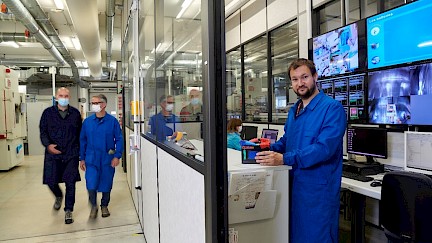
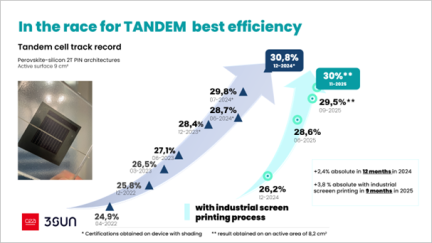
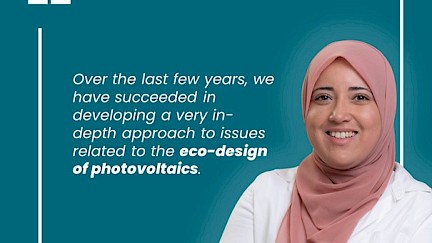
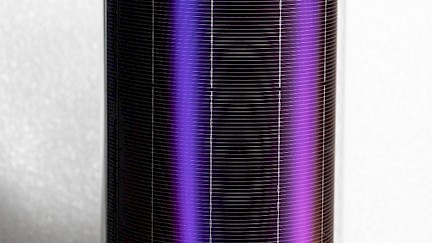
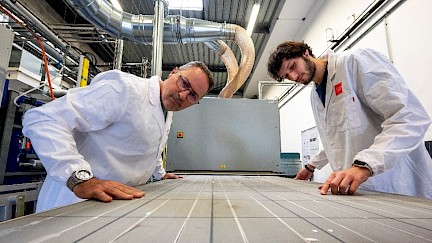
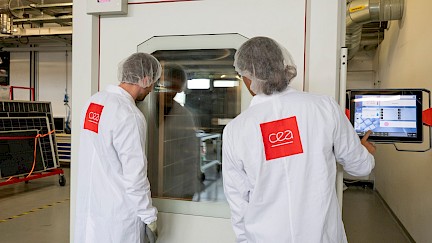

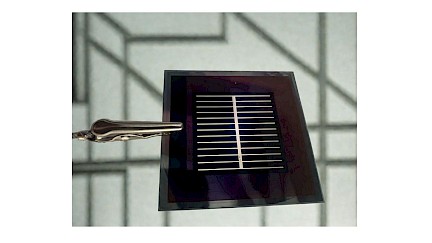



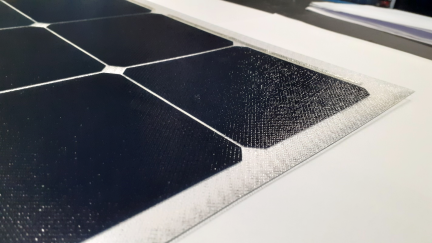
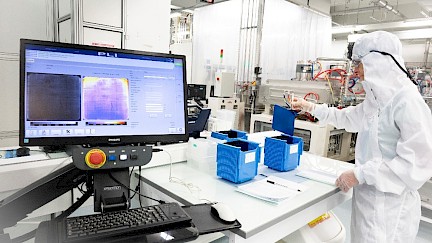


















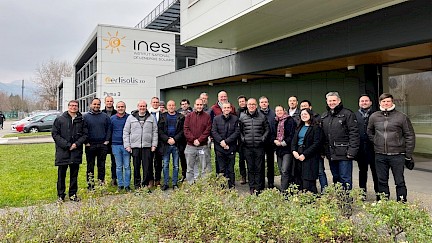
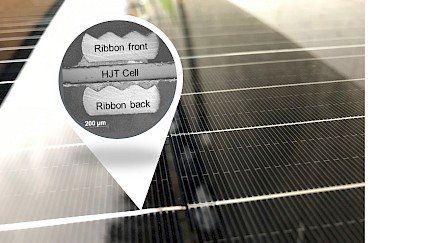
![[Tandem Perovskite-Silicon] Enel Green Power and CEA achieve 28.4% efficiency for a 9 cm² cell](/site/assets/files/11827/2023-cellules-tandem-pin-evap-credit-cea-cherpin-00013.432x243.webp?1sc9mr)


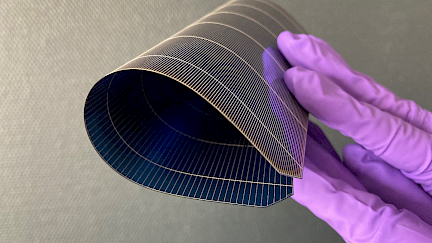

















































































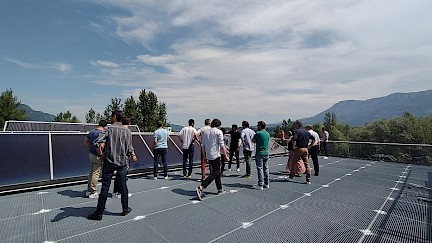

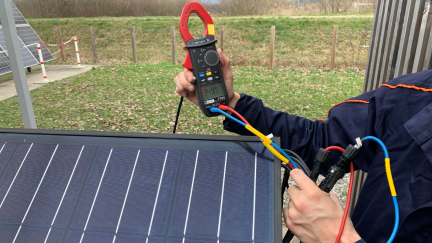

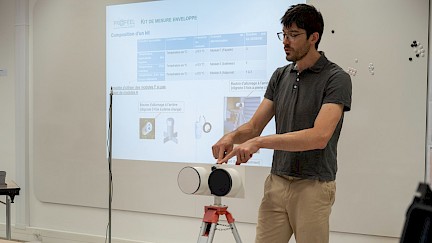




















![Projet INTERBITS mené à sa fin [INTERREG-ALCOTRA]](/site/assets/files/8411/delegation-interbits_dscf0256.432x243.webp?18ovae)










































